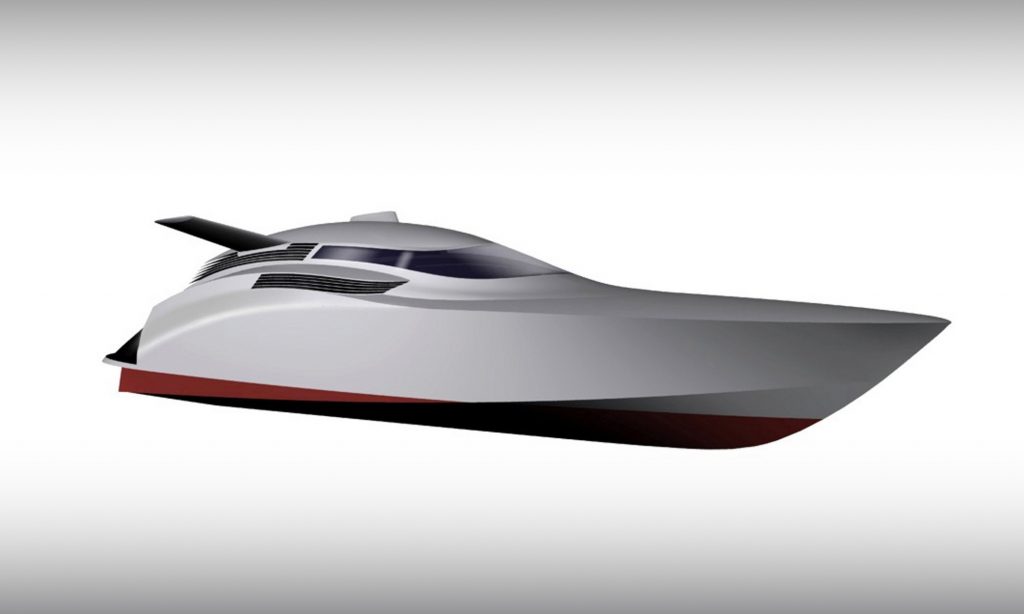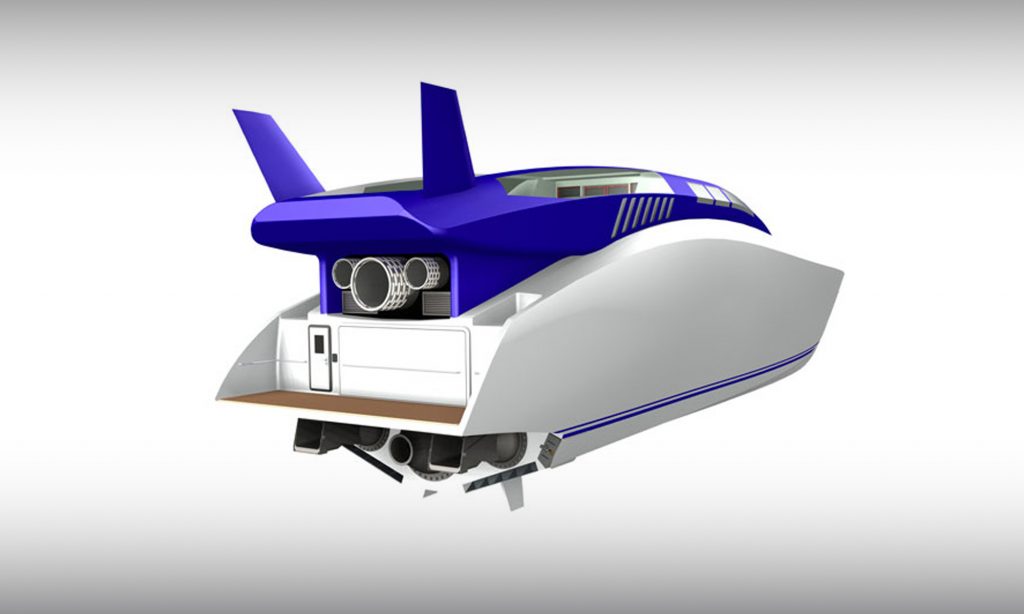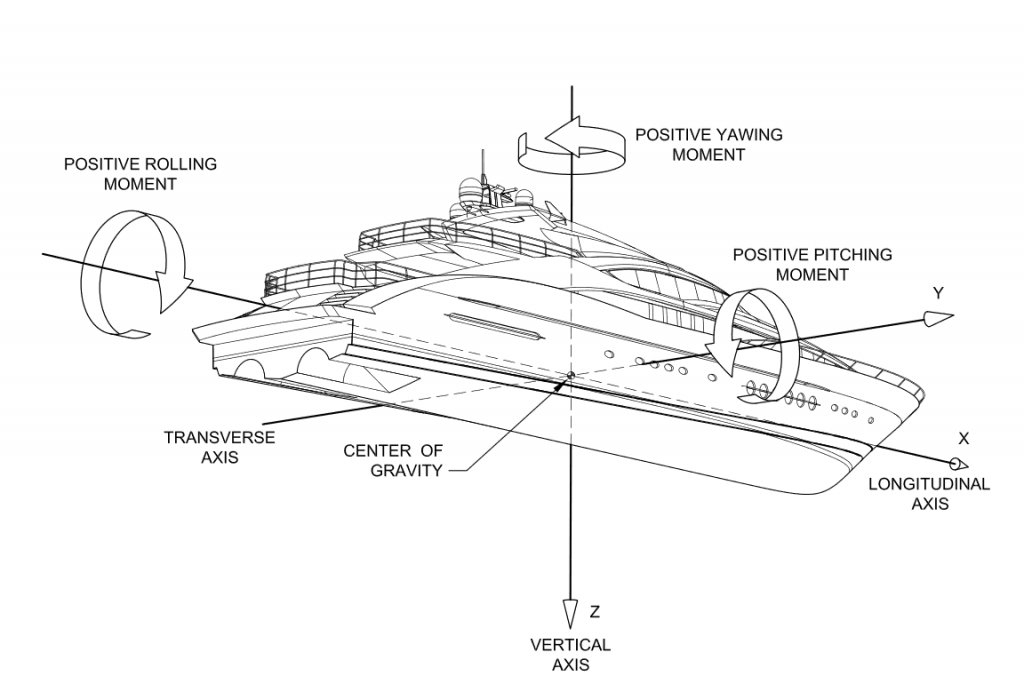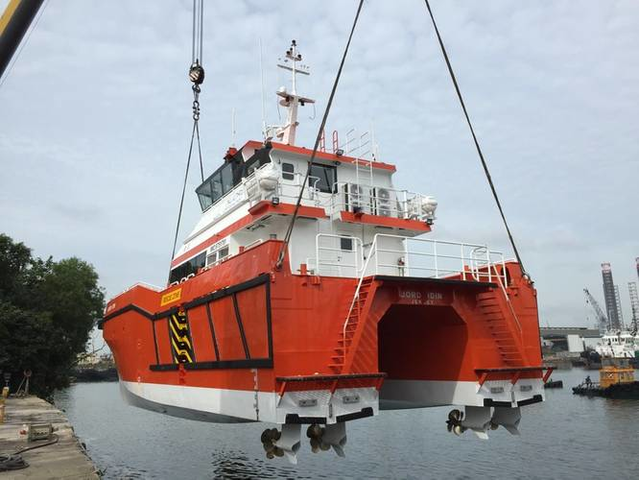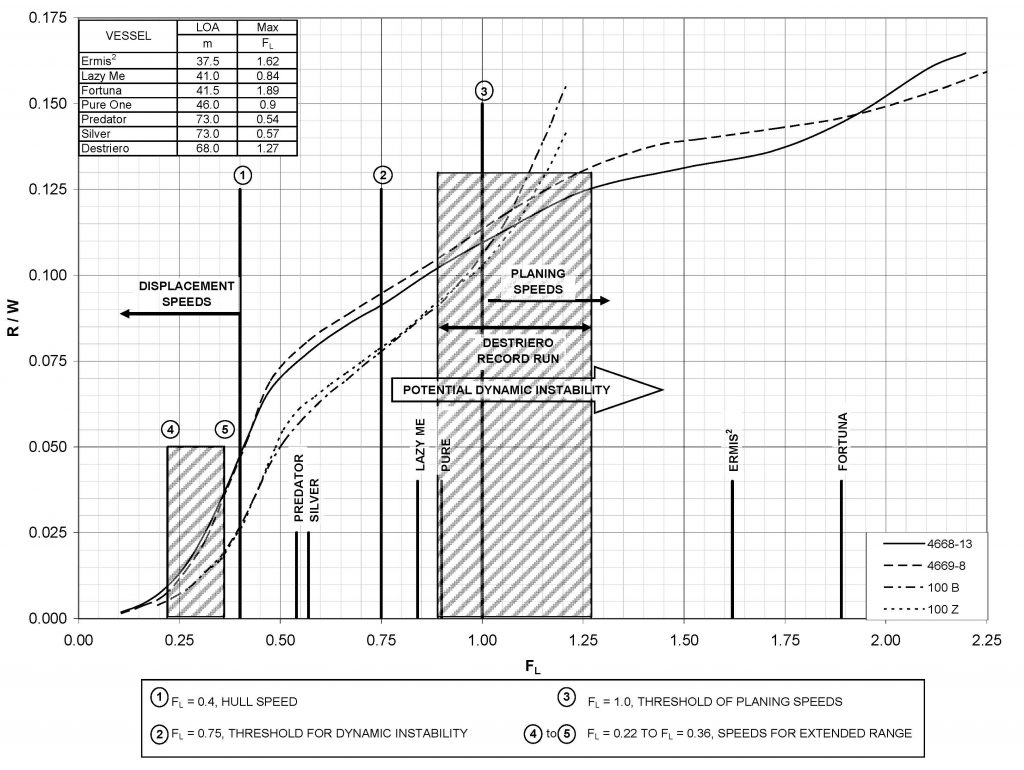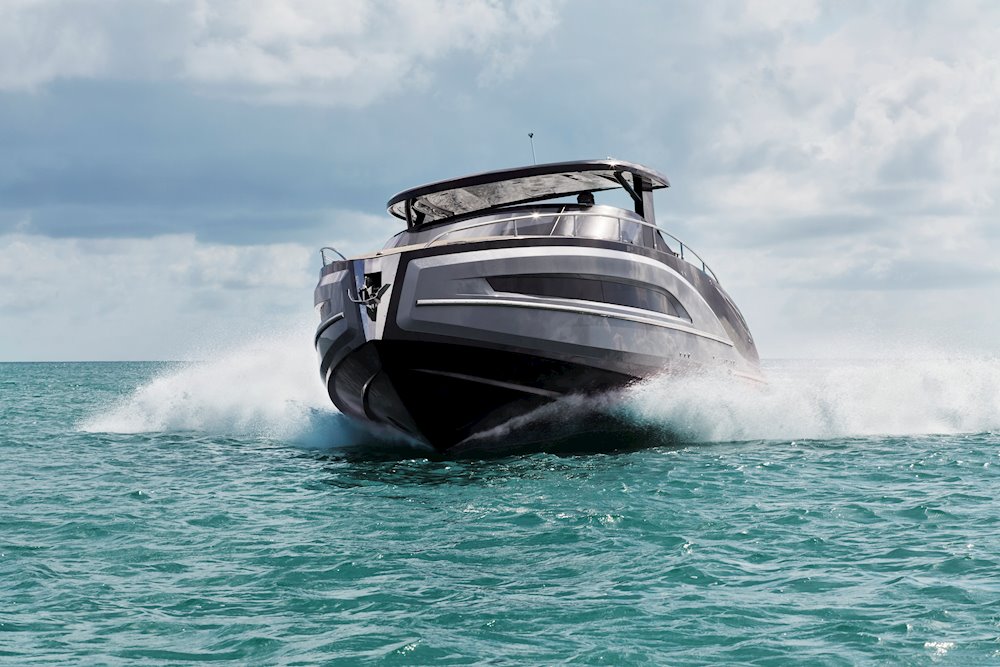With each yacht’s construction comes a host of decisions that will define the finished vessel. One fundamental decision – and one that will both set the tone for the finished vessel and the build – is basic hull structure. Many factors come into play here, including cost, maintenance, weight, producibility, service life, and tooling.
Read More
Two speed gears were introduced commercially in the early 2000s and, although having a relatively small range of application, made a world of difference when used in the right place. The best applications are for very high speed recreational craft, which benefit from the deeper gear to get on the plane, as well as vessels that take advantage of the deeper gear to apply lots of power
Read More
Everyone on a yacht wants to be comfortable. When it comes to cruising or sprinting in a seaway, the topic that comes to light most often is seakeeping. Seakeeping is the ability of a vessel not only to withstand rough conditions at sea, but also to interact with the waves in a way that transfers the minimal amount of motions.
Read More
Since being introduced to North America at the Miami Boat Show in 2005, Volvo Penta Inboard Performance System, or IPS has established itself as a leading propulsion choice among pleasure boat owners and builders.
Read More
Between 1970 and 2000, dynamic instability issues became a major problem as engine power density increased significantly and consumer demand for comfort rose along with it.
Read More
For wind farm workboat operations, various designs of vessels and propulsion system are used for different kind of missions, such as crew transfer, material transport, fuelling, survey and security handling. Vessels can be of SWATH design, catamaran design with symmetrical or asymmetrical hulls, mono hulls and trimarans.
Read More
There is a delicate balance that must exist between the aerodynamic, hydrodynamic, and mooring forces acting on a floating body restrained by a single anchor (single point mooring).
Read More
The combination of increasing vessel size and higher speed requirements are driving hull form design into new areas (think of the new launch by SilverYachts’ recent launch of M/Y BOLD, the 85m fast explorer capable of 24 knots).
Read More
A valid performance prediction technique for small craft is an invaluable tool not only for the naval architect, but also for the operators and builders. This presentation describes the methodology for making speed-power predictions for hard-chine craft of the types found in the offshore, military, and recreational applications.
Read More
This paper examines the effects of waterjet tunnels on the performance of a high-speed planning hull. The parent model of the series 62 Systematic Planing Hull Series was constructed and tested with three different configurations: bare-hull, appended hull with short waterjets tunnels, and appended hull with long waterjets tunnels.
Read More

